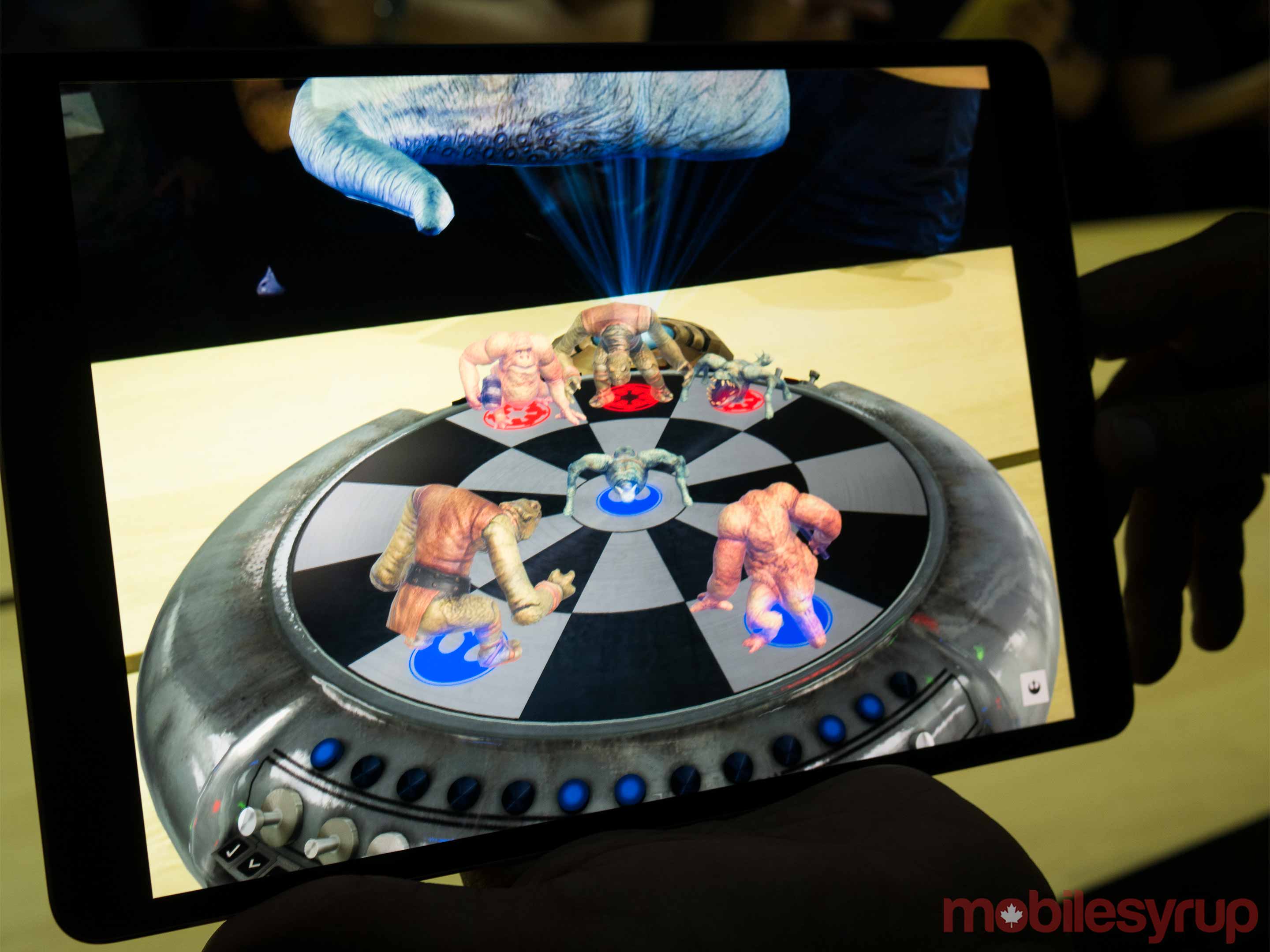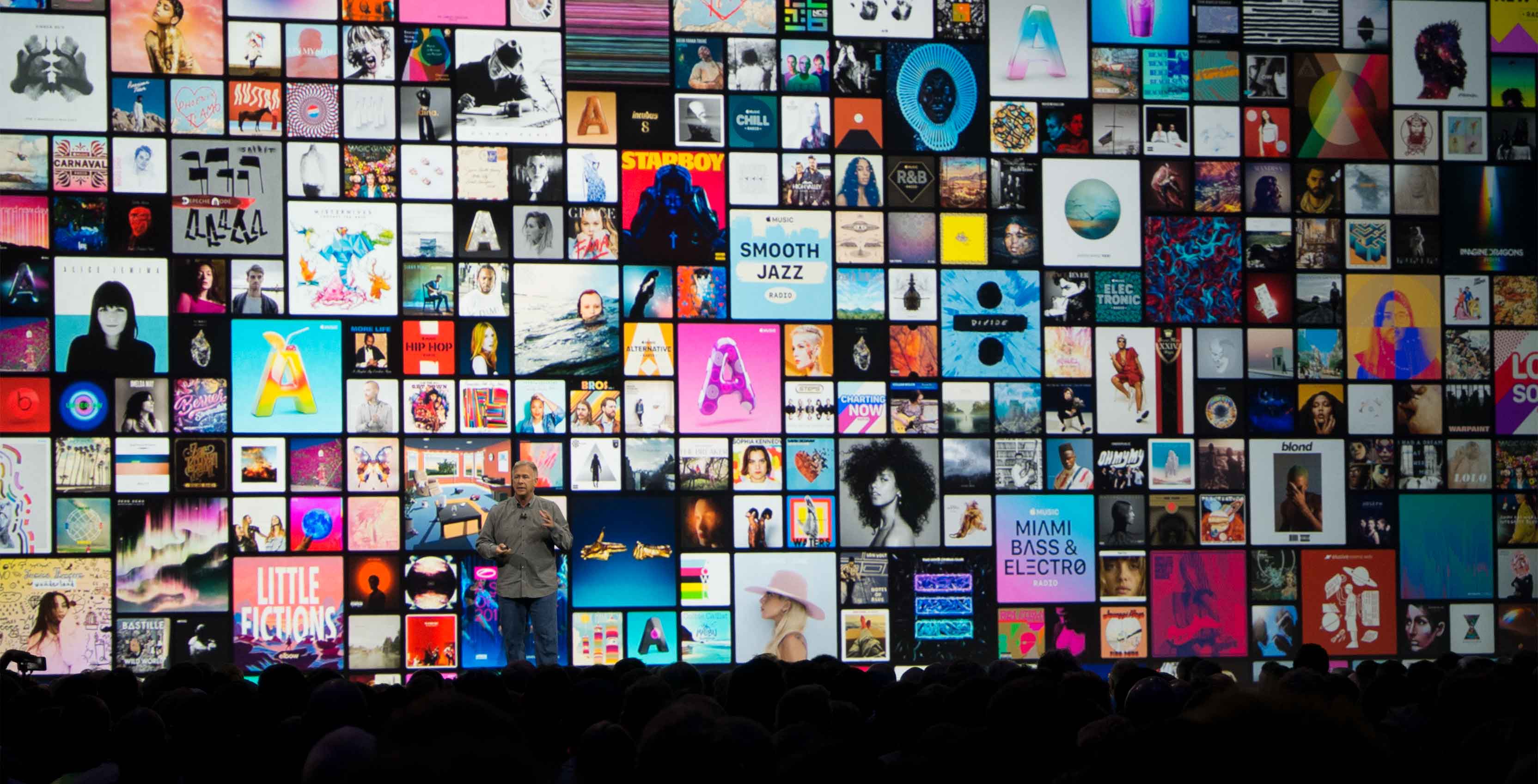
This year at WWDC, Apple announced a wide range of operating system updates alongside a smattering of significant hardware reveals, such as the HomePod music-focused AI speaker and new iMac Pro.
Below are the largest announcements made at the 2017 developer conference.
The HomePod
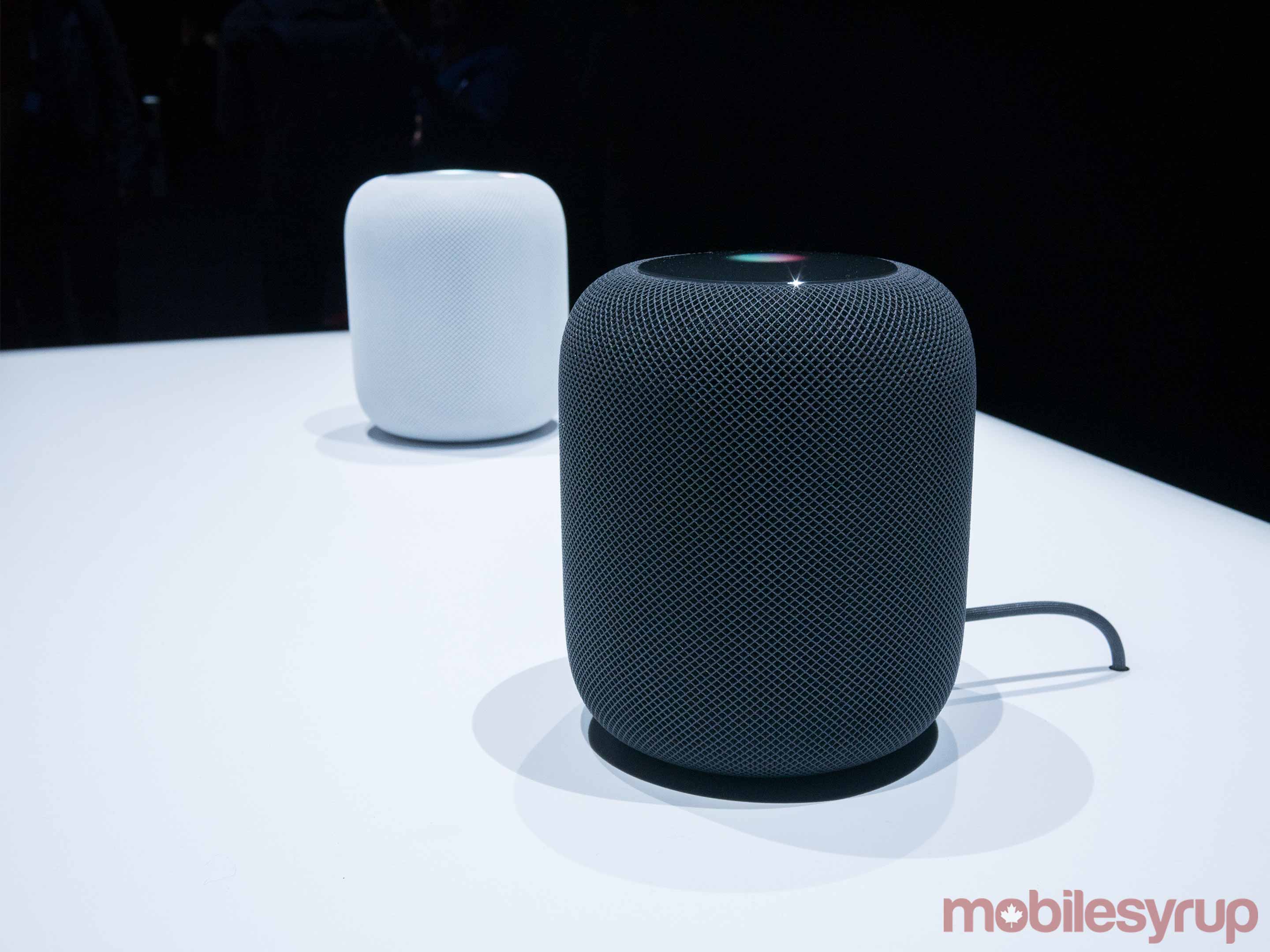
Rumours swirled far ahead of WWDC that Apple would reveal its own AI-powered speaker to compete against Google Home and Amazon Alexa. And fans were not disappointed; the late entry to the AI speaker race came at the very end of the keynote, and turned out to be running a race all of its own.
Instead of focusing on the voice AI element of the speaker, the HomePod is being marketed as the ultimate music listening device. The round, mesh-covered speaker is able to map its surroundings, letting it tune sound to its environment. It also has a custom array of seven beam-forming tweeters for high-frequency acoustics and Siri is capable of answering obscure music trivia, powered by an A8 chipset.
If you’re not an audiophile, though, you may be wondering what else is in the speaker to entice you to purchase it for $349 USD (about $470 CAD). The answer right now seems to be not much. Apple specified that HomePod’s Siri is laser-focused on music knowledge, adding almost as an afterthought that it can also do things like control smarthome devices through HomeKit and check the weather. It’s yet to be seen just how capable the speaker will be outside of its music abilities.
Apple also states that Apple Music will work with the speaker but makes no mention of Spotify or other third-party streaming apps.
The device is launching in December in the U.S. and select other markets but isn’t coming to Canada until 2018.
iOS 11
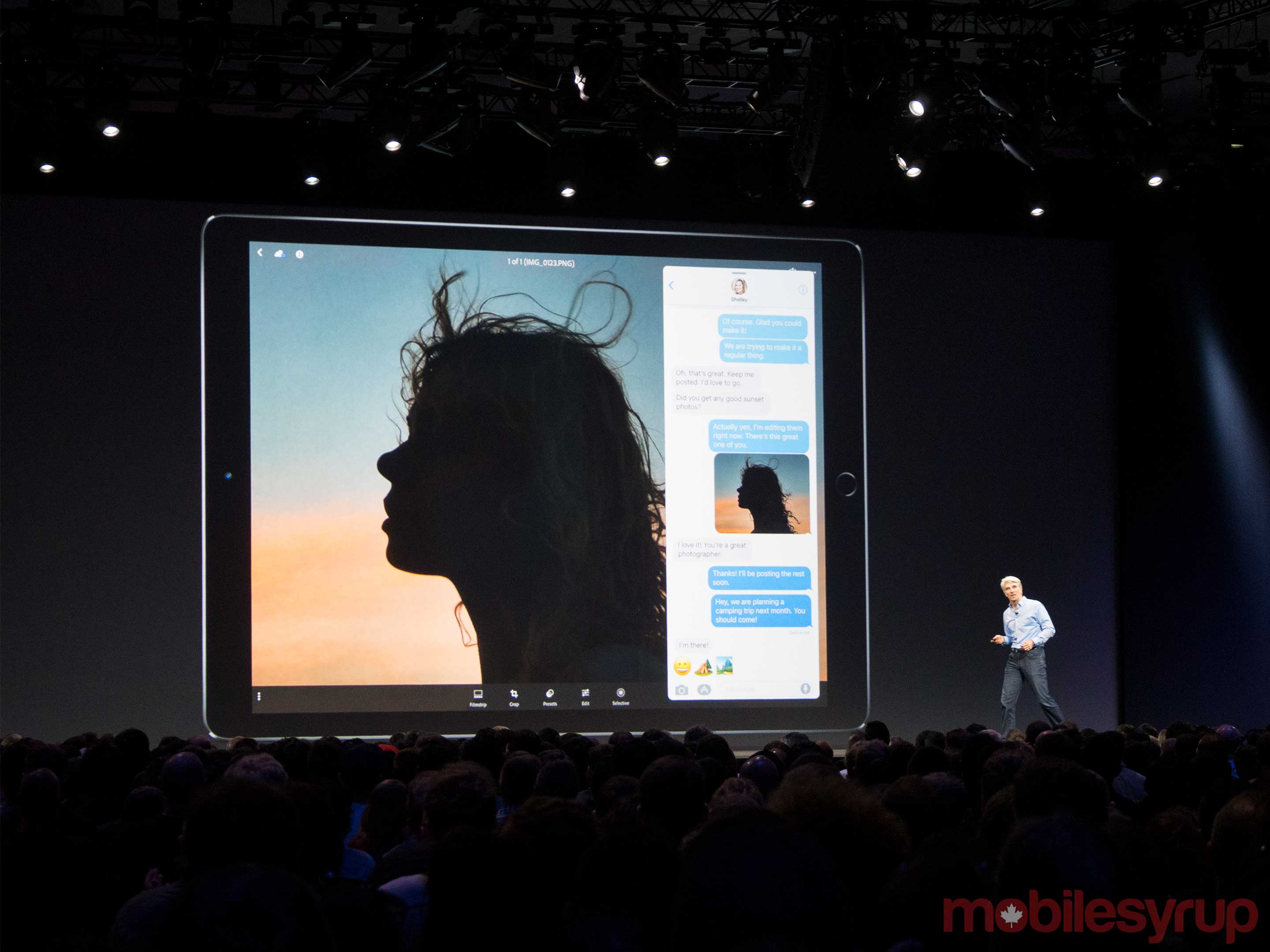
Apple announced a slew of updates coming with iOS 11, the next version of its mobile operating system due to touch down in the fall. Among the most important: peer-to-peer payments in Apple Pay, a Siri makeover (more on that below) and HEVC video encoding — which Apple says is twice as efficient when it comes to data compression.
Additionally, there’s a new “Do Not Disturb While Driving” mode, a redesign Action Centre that puts everything on one page and an App Store redesign that is built around cards that include curated written content like feature pieces and how-tos. Apple also plans to highlight daily app and games of the week.
Additionally, the company plans to open up its AI APIs to developers, which means devs will be able to add features like face detection to their apps. In addition to AI, Apple’s also created a new SDK built around AR called ARKit (mentioned below).
Finally, there are a number of iPad improvements, including a macOS-like dock that allows users to store their favourite apps along the bottom of the iPad’s display and enhanced drag and drop support.
Metal and ARKit
When Apple announced Metal back in 2014, the Cupertino giant touted it as a successor to OpenGL and OpenCL. WWDC 2017 saw the announcement of Metal 2, which delivers a number of computational advancements to the Metal interface, allowing even higher capacity graphical acceleration across macOS, iOS, and even tvOS.
Apple also announced its answer to Google’s Project Tango, and other similar AR platforms, ARKit. As of right now, Apple doesn’t have any specific apps that rely on ARKit, but the company did show off a demo of the platform itself. ARKit is able to render alternate reality in real-time.
Siri
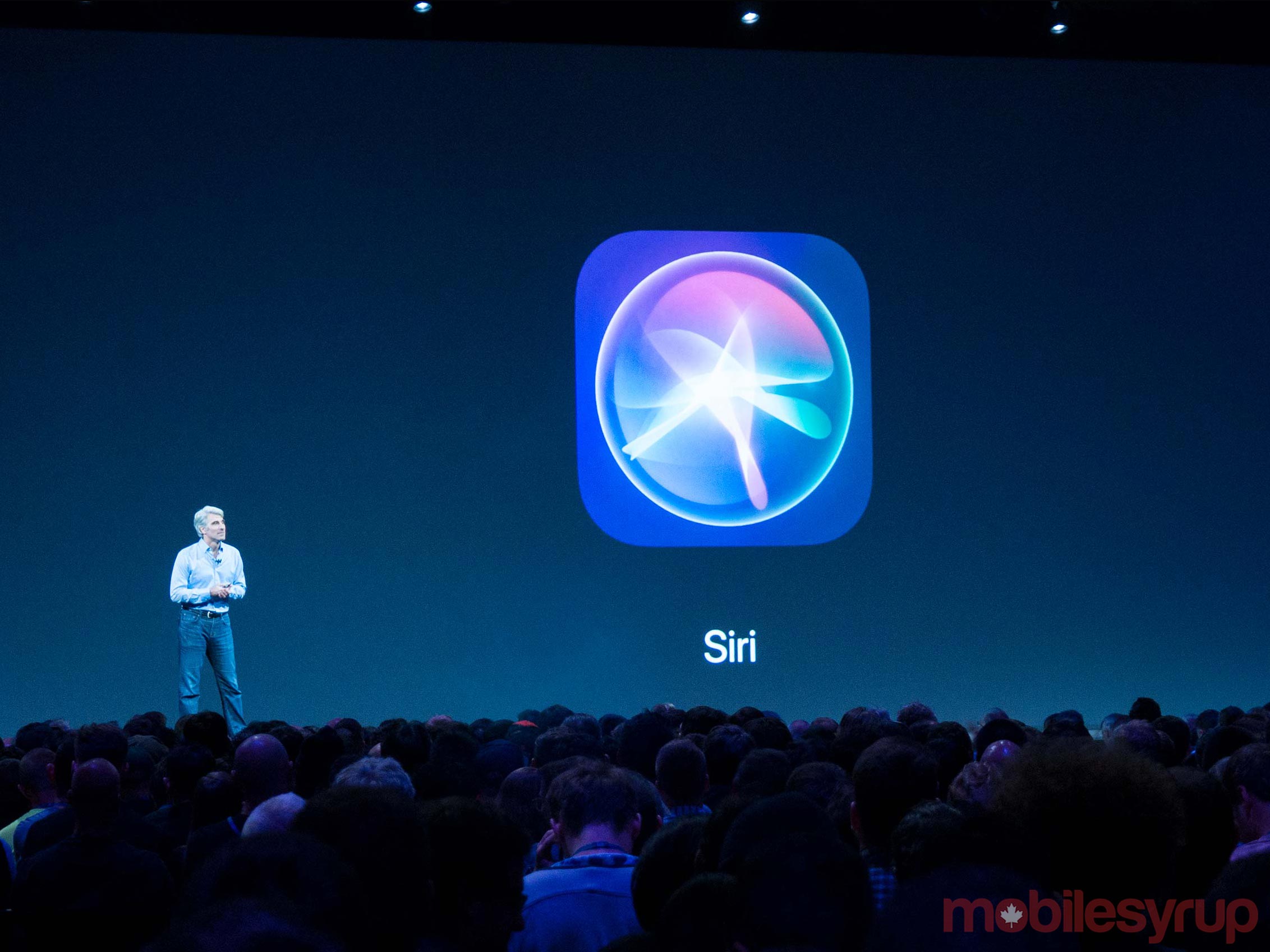
Apple’s voice AI Siri had several significant moments at the 2017 developer conference. The digital assistant now has a new, more natural-sounding voice and once iOS 11 lands later this fall, Siri will be able to translate text and speech into different languages. It will also do more “on-device learning” to suggest actions based on your device habits (across any and all Apple devices).
Additionally, it got a new home in the form of the HomePod (mentioned above) and is becoming a watchface for the Apple Watch with watchOS 4. The face changes dynamically based on your routines and the apps that you use, pulling up different reminders and information during the course of the day.
iMac Pro
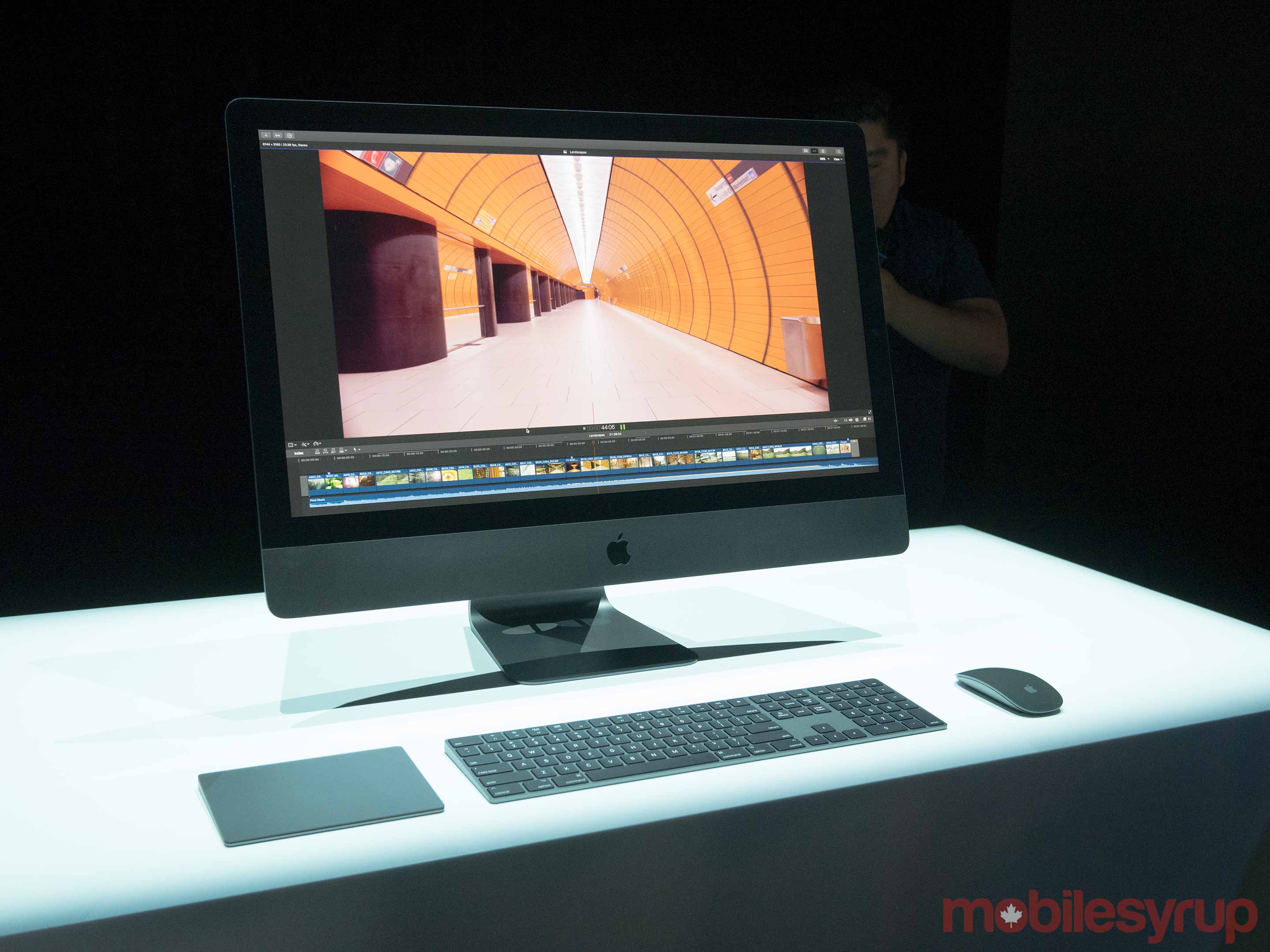
It’s been almost three years since Apple updated the Mac Pro, and while the company isn’t ready to ship any desktops until December 2017, executives showed off a device that Apple’s calling the “most powerful Mac ever,” the iMac Pro.
The 27-inch device comes with a 5K Retina display, up to 22 Teraflops of graphics power, as well as an 18-core Xeon processor in the highest-end model. The iMac Pro also supports up to 4TB of SSD, up to 128GB of memory, four Thunderbolt 3 ports, as well as 10Gb Ethernet. Canadian pricing hasn’t been announced, but the lowest-end model costs $4,999 USD.
10.5-inch iPad Pro and Apple Pencil
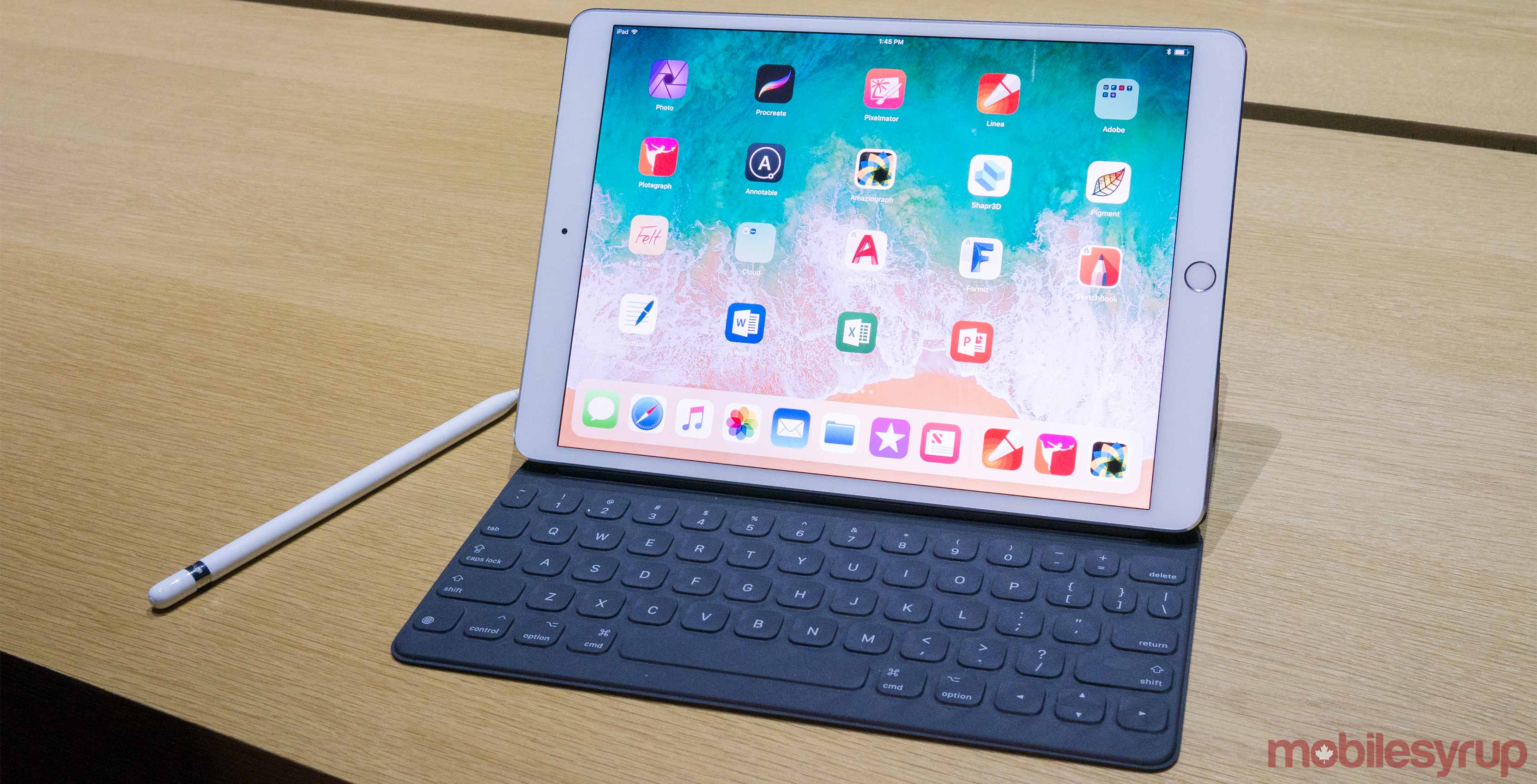
WWDC was definitely another huge year for iOS 11, and Apple executives showed off a host of new features for iPad — as well as a brand-new 10.5-inch model.
In addition to deeper Apple Pencil integration on iPad Pro, iOS 11 brings new multi-tasking options, a new file explorer, as well as a document scanner built directly into the Notes app.
The new 10.5-inch iPad starts at $869 CAD for a 64GB model.
Native VR support and macOS updates
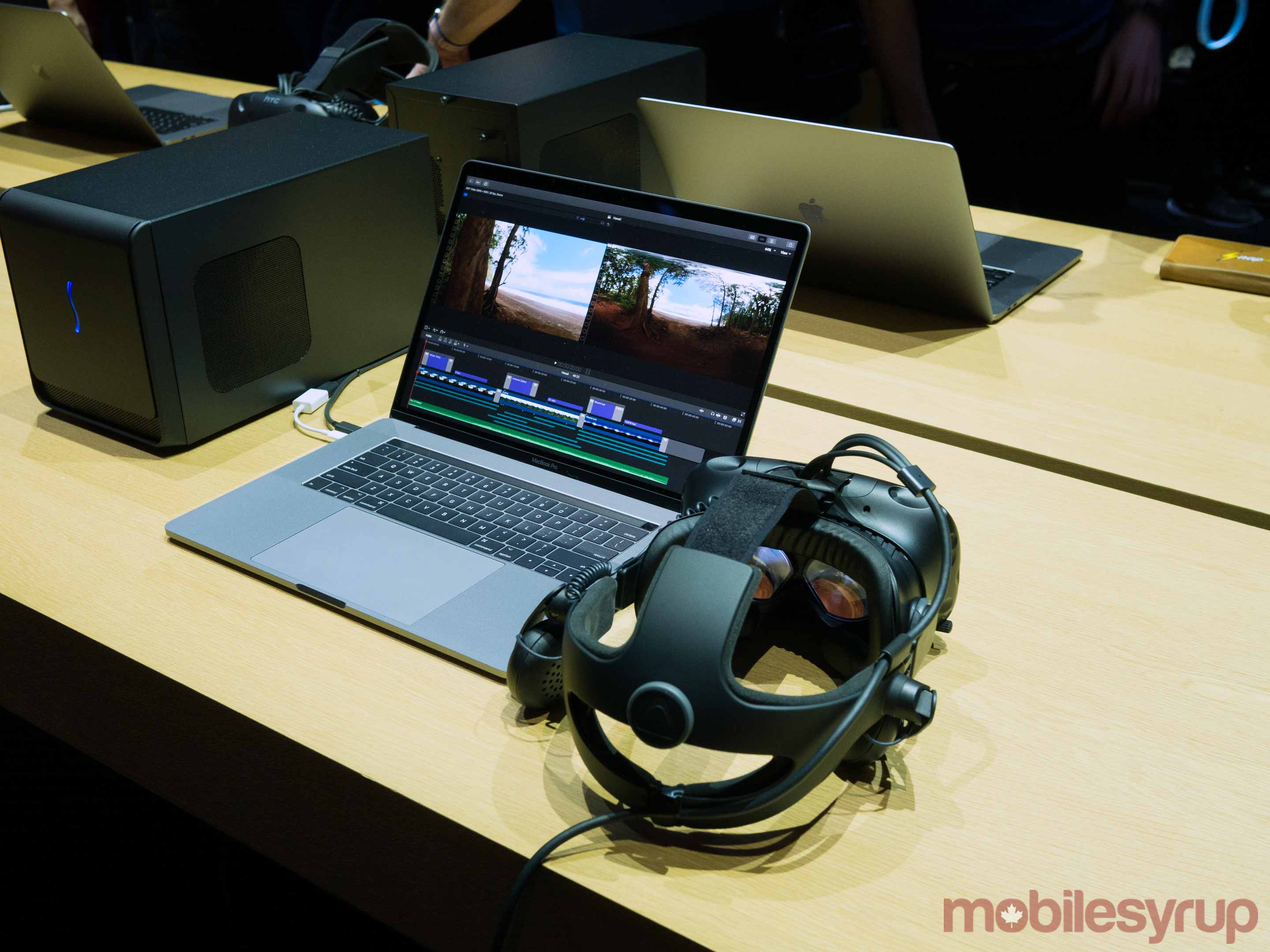
Another WWDC and another update to macOS. This year’s iteration is named High Sierra, and before you make a joke, too late — Craig Federighi smoked us all to the finish line.
MacOS High Sierra brings a number of incremental updates to the platform, but the biggest news is that Apple finally has iMacs powerful enough to natively support virtual reality. Apple executives said that the company has partnered with Valve, Unity Technologies, and Epic Games to bring Steam VR, Unity, and the Unreal Engine to macOS.
Representatives from Epic Games and Industrial Light and Magic took the stage to show off an iMac connected to an HTC Vive, and suffice it to say, the demo ran incredibly smoothly.
What was your favourite part of WWDC 2017?
MobileSyrup may earn a commission from purchases made via our links, which helps fund the journalism we provide free on our website. These links do not influence our editorial content. Support us here.

